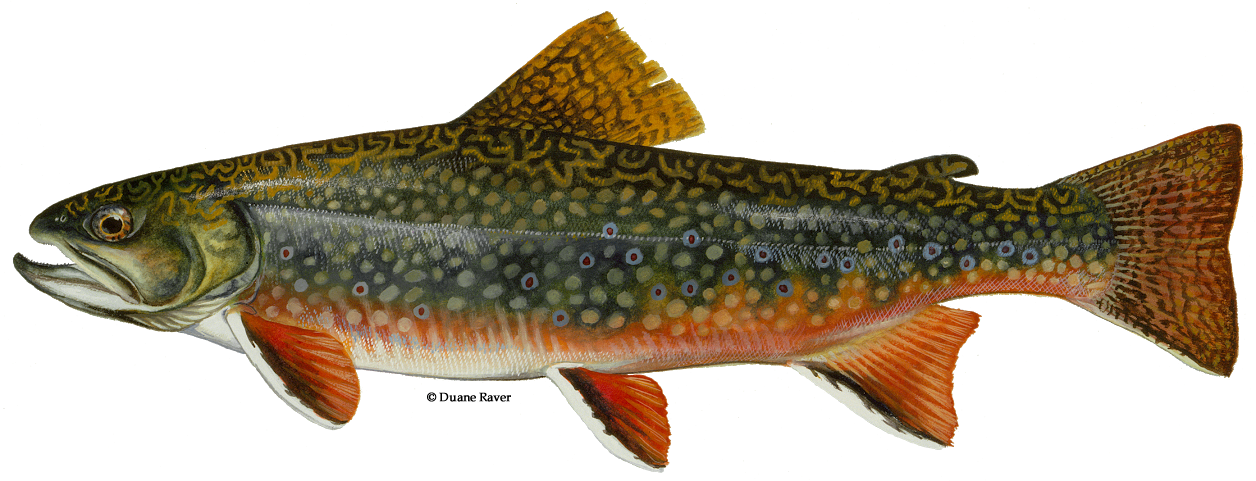Brook trout (Salvelinus fontinali) are considered important indicators of long-term forest and aquatic ecosystem health in the Northeast. This species is migratory and relies on cold-water conditions to breed, making populations particularly vulnerable to changes in climate. Brook trout populations are also highly sensitive to environmental pollutants, changes in pH and low oxygen content, as such this species typically only occurs in areas with high water quality.

There are 9 protocols that are used to monitor the indicator: Brook Trout Populations. The first three studies on the list below are the most common methods of monitoring in the Northeast region.
The impacts of climate indicators can be measured using different ecological metrics of quantification. The metrics used in a study can affect how it is designed and the questions that it can answer. The information below shows the types of metrics and number of associated protocols that are captured by the data represented in this project.